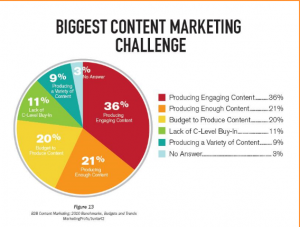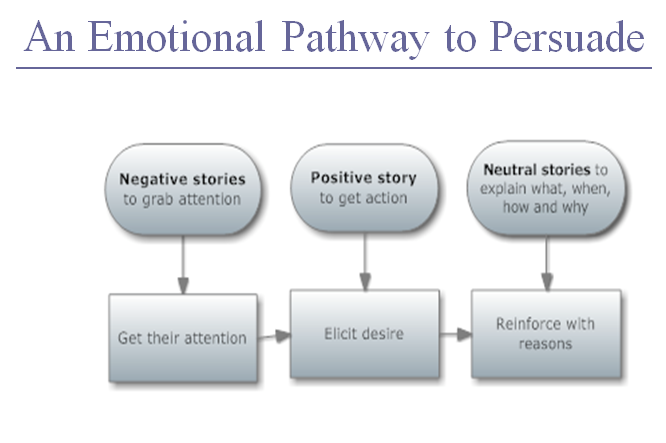 How much personality should you show on your blog without becoming an ego-blogger? Apparently you can share a lot of personal stories and anecdotes, even become a little outrageous and contrarian, according to Tim Ferris, author of The 4-Hour Workweek and now The 4-Hour Body.
How much personality should you show on your blog without becoming an ego-blogger? Apparently you can share a lot of personal stories and anecdotes, even become a little outrageous and contrarian, according to Tim Ferris, author of The 4-Hour Workweek and now The 4-Hour Body.
I recommend listening to his short video about sharing your personality on your blog, an interview done by Rohit Bhargava, author of Personality Not Included. I was at this Blog World conference when Rohit interviewed Tim, in 2008. While it’s not a new interview, there are several nuggets that are timeless.
I don’t know if you’ve read Tim or not, but he’s a master at blogging and marketing his books. While he could come across as Mr. Big Ego (his accomplishments are many), he does not.
Tim masters two things that make him credible and trustworthy: Read More→












